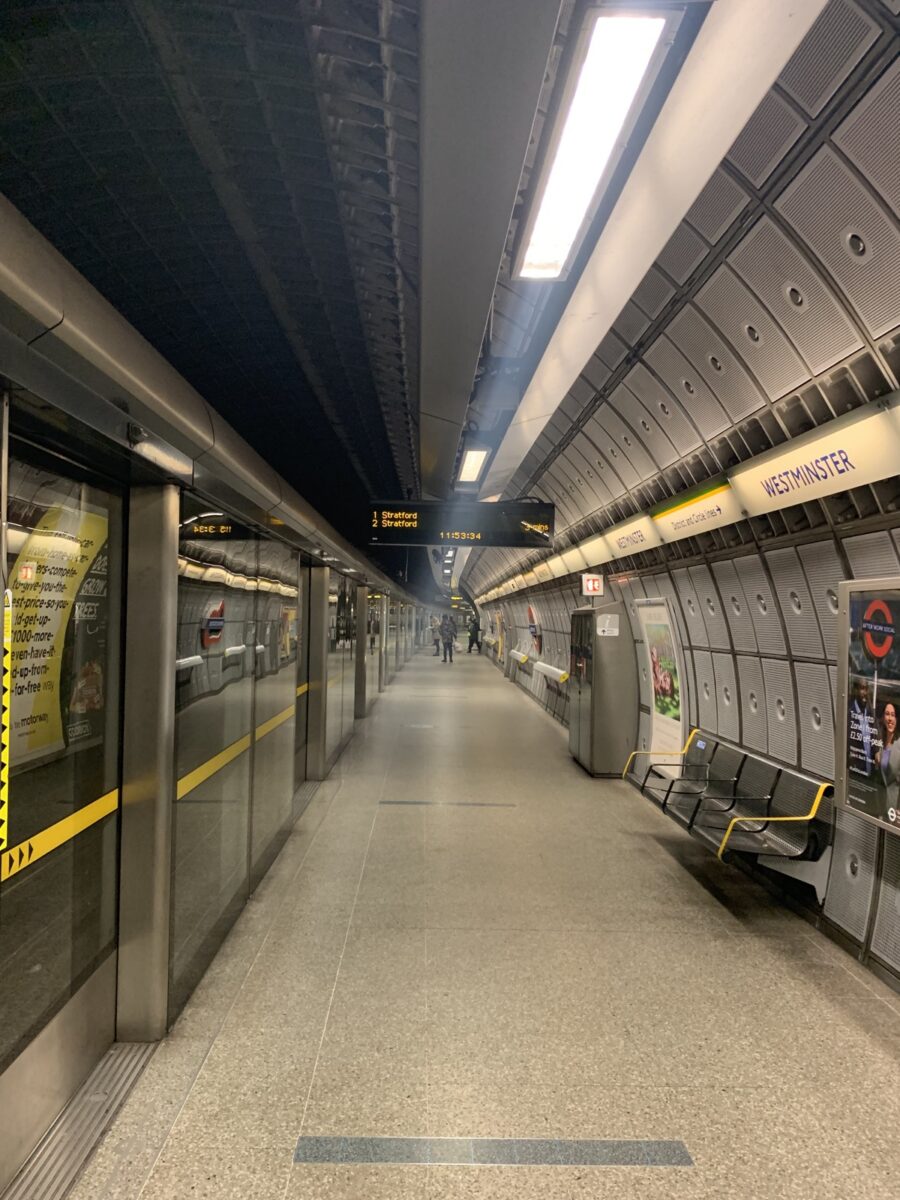Mengqiu (Matthew) Cao
Zhang, Y. and Cao, M. (2020). ‘How will transit station closures affect Londoners?’, Focus, 22(10): 52-53.
To slow the spread of the COVID-19 pandemic, London introduced a series of social distancing measures, such as encouraging people to work from home and prohibiting outdoor gatherings. In terms of public transport,Transport for London (TfL) has been running a reduced transit service. On 4th May 2020,TfL announced that 42 stations in London which have no interchanges with other lines would be closed. Of those stations, 36 are located in Inner London, such as Covent Garden and Hampstead stations, while six are in Outer London, such as Heathrow Terminal 4 and South Wimbledon station. However, little was known about how the station closures would impact Londoners’ travel and which areas are more likely to be affected.
This research draws upon TfL’s NUMBAT open-source data to explore how the closed stations are connected to other areas in London. Overall, although TfL’s station closures would directly affect 19.38% of transit-users, the majority of travel demand can still be met during the lockdown period, because most of the closed stations are concentrated in Inner London where station density is relatively high, and alternative transit lines or stations are available for passengers to use in order to fulfil their travel requirements. In the case of some of the closed stations – for example, Covent Garden and Charing Cross – there are more than two alternatives. In terms of spatial distribution, the journeys that are directly affected seem to be mainly those concentrated in the areas between Central and East London, and Central and South London, which account for nearly 5.13% of the total transit travel volume. To sum up, in general, the station closures have not had a major impact on Londoners’ travel.










